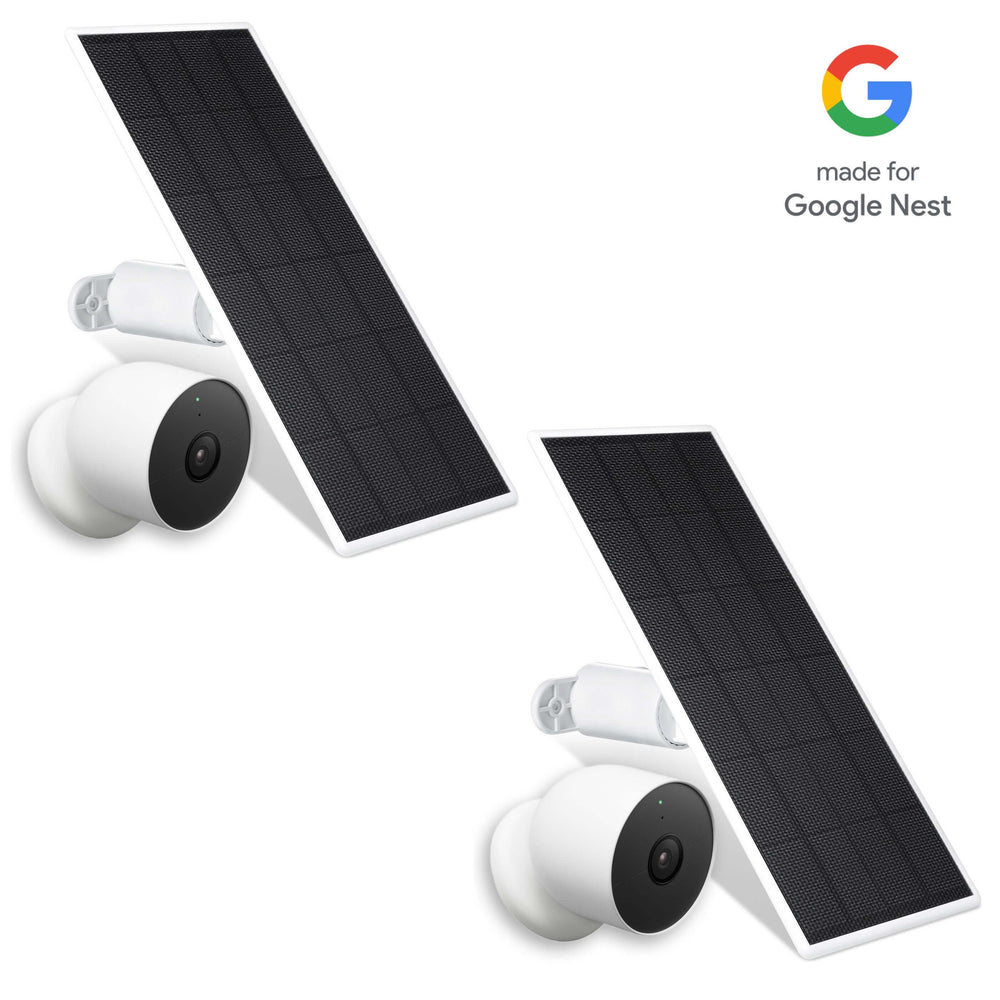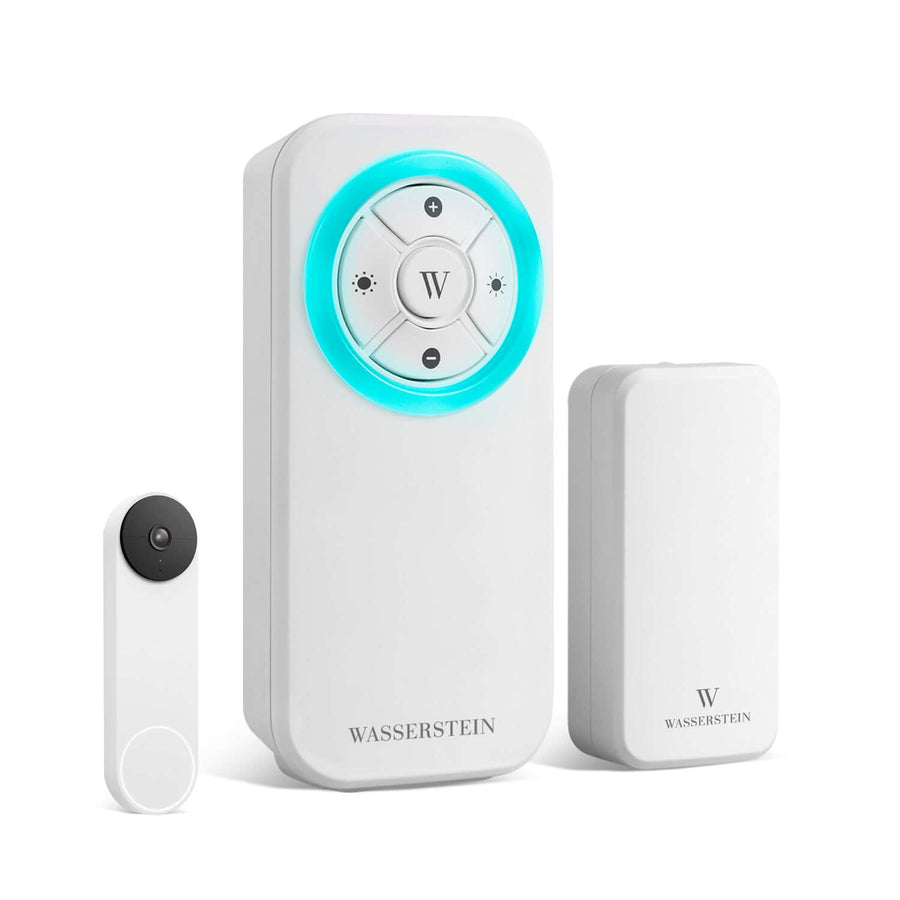Blink Camera Not Recording: How to Fix It Now
Motion recording is one of the most sough-after features in a smart camera. Aside from having the clips conveniently saved either in local storage or cloud storage for future reference, this also sends you real-time notifications every time your camera captures someone in its field of view. However, there may be times when your cameras might fail to detect motion, and this could mean a compromised security system.
In the case of Blink cameras, motion detection video recording is only applicable to those who have a Blink Subscription plan and a Sync Module. These are added costs on top of the Blink devices. So, imagine if your Blink camera system fails to detect motion and record clips. That's $53 (Sync Module 2 retails at $49.99 and the Basic Plan starts at $3/month) put to waste.
How to Check If Your Blink Camera Is Not Recording
If you suspect that your Blink camera is not recording, you may follow these simple steps to confirm the issue:
-
Check Motion Detection Settings: Confirm that motion detection is enabled in the Blink camera settings.
-
Ensure Camera is Armed: Ensure the camera is armed in the Blink app settings to initiate motion detection and recording.
-
Inspect Activity and Privacy Zones: Verify that activity and privacy zones are configured correctly to avoid interference with motion detection.
Reasons for Blink Camera Not Recording
If your Blink camera is not working or recording motion, several reasons could be causing the issue:
Insufficient Power
Blink cameras are activated when motion is detected. Motion Recording and Live View are "High Usage" features, which means they consume a lot of power when turned on. While battery-powered Blink devices promise up to 2 years of battery life, having these power-hungry features turned on all the time could deplete the battery and affect motion recording.
To decrease your camera's high usage:
-
Reposition Your Camera: If you're receiving false motion notifications, consider repositioning your camera to avoid capturing unnecessary motion events. Adjust the camera's angle and placement to focus on the desired monitoring area.
-
Shorten Motion Clip Length: Reduce the length of motion clips to conserve battery power. Shorter clips require less energy to record and transmit, prolonging the camera's battery life.

-
Limit Live View Usage: Minimize the use of Live View feature to reduce battery drain. Reserve Live View for essential monitoring tasks and avoid continuous streaming to conserve battery power.
Network Connectivity Problems
In any smart camera, a decent Internet connection is crucial for reliable operation. Weak Wi Fi signal strength could render your security cameras useless. With the Blink system, a red blinking camera light means the camera is not connected to the Internet. Here's how to address this problem:
-
Optimal Wi Fi Strength: Ensure that the Wi Fi signal strength at your camera is consistently at least 3 bars for smooth operation. Weak signals can disrupt communication and affect features like live view.
-
Boost Wi Fi Signal: If your camera does not receive a strong enough Wi Fi signal, consider boosting your Wi Fi strength to improve connectivity. Here are some solutions:
-
Move Camera Closer to Router: Although this may affect optimal camera placement, relocating the camera closer to the Wi Fi router can improve signal strength.
-
Use a Mesh Wi Fi System: Invest in a Wi Fi mesh system. Mesh systems provide multiple hubs placed strategically throughout your home, ensuring a strong and consistent Wi Fi network, especially in areas with poor coverage.
-
Prefer Mesh Over Extenders: While Wi Fi extenders are an option, mesh Wi Fi systems are preferred for Blink cameras due to their seamless integration and single network SSID, which simplifies connectivity management, particularly with multiple cameras.
-
-
Ensure 2.4 GHz Frequency: Verify that your Wi Fi network operates on the 2.4 GHz frequency band, as Blink cameras only support this band for connectivity. Most dual-band routers offer both 2.4 GHz and 5 GHz bands, with the former being more suitable for security cameras due to their better range over large distances.
Motion Detection Settings
The most common reason why the camera motion detection feature is not working is misconfigured settings. To check if it's been activated:
-
Go to Camera Settings > Motion Detection in the Blink app.
-
Toggle the Enable option to turn on motion detection.

Adjust Sensitivity Settings
If motion detection is enabled but the camera fails to detect motion, consider adjusting the sensitivity settings. Low sensitivity settings may cause the camera to overlook motion events, while high sensitivity settings may lead to false alarms. Find the suitable sensitivity level for your surveillance needs.
To configure sensitivity settings:
-
Tap More on your camera's thumbnail and select Device Settings.
-
Select Motion Settings.
-
On Motion Sensitivity, move the slider two or three increments to the left for a lower numeric setting. Tap Save to save this setting and walk out of the frame of view of this camera.
Check Activity Zones

Ensure that activity zones are configured correctly to focus motion detection on specific areas of interest. Misconfigured activity zones can result in missed or irrelevant motion alerts.
Disarmed Camera
In Blink camera settings, "armed" refers to a state where the camera is actively monitoring for motion events and recording them. If your camera has been disarmed, it won't be able to monitor motion events, even if motion detection is enabled in the camera settings.

To arm your Blink camera and enable motion detection, follow these steps within the Blink app:
-
Open the Blink app and go to the camera view.
-
At the bottom of the screen, locate the toggle switch for arming the camera.
-
Toggle the switch from "disarmed" to "armed" to activate motion detection.
-
Once armed, tap on the running man icon to turn it blue, indicating that motion detection is activated for the camera. If the icon remains grey, motion detection is still disabled for that camera view.
Incorrectly Configured Sync Module
As previously mentioned, Blink cameras require a Blink Sync Module and an active Blink Subscription to be able to save motion recordings. For local storage, a separate USB flash drive is needed. Confirm that your subscription plan is active and properly attached to the suitable cameras within the Blink app.
If you're using local storage with Sync Module 2, open the Blink Home Monitor app and select the Sync module. Go to the Local Storage option and check the status, as well as your remaining capacity. Remember, local storage serves as a backup option, and the clips are only viewable on a PC.

If issues persist despite confirming storage plans and local storage settings, consider removing and reconnecting the Sync module to refresh the Blink system's communication with cloud servers.
To remove the Sync module from the app:
-
Select the Sync module on the Blink app to access the settings page.
-
Hit the "Delete Sync Module" button and confirm your choice by tapping OK.
-
Verify the serial number by entering or scanning it from the module's back to confirm ownership.
-
Tap Delete on the pop-up window to finalize the action.
-
Reconnect the Sync module to the Wi-Fi network, arm the system, and test if the camera records motion events.
If the above steps fail to resolve the issue, consider performing a factory reset on the Sync module and starting the setup installation process afresh. Note: Factory Reset is different from Power Cycle. Performing a factory reset will wipe out all the existing settings.
Firmware Updates
If your Blink Camera recently underwent a software update and is now experiencing issues with motion detection, the update may have caused a glitch in the software. In some cases, there could have been a pause in the installation process, leading to the persistence of the old software version. Restarting both the camera and Sync Module can help clear these glitches.
Storage Capacity

Maintaining enough storage capacity is crucial for ensuring uninterrupted motion recording and backups on your Blink security system. If you're using local storage, your USB flash drive must have a minimum of 375MB of available space to continue saving clips and performing backups effectively. If the available storage space falls below this threshold, clip recording and backup will stop until there is enough storage space.
Camera Placement
The placement of your Blink camera can also affect how well it detects motion. Blink cameras typically have a maximum detection range of 20 feet, while the Blink Video Doorbell can detect motion up to 25 feet away.

For best results, aim to position the camera within the recommended range of 5 to 20 feet (1.5 to 6 meters). Avoid placing the camera too close to monitored areas, as motion events occurring extremely close to the camera may go undetected. Instead, strategically position the camera to cover key areas of interest, such as entry points or driveways, ensuring optimal coverage and surveillance effectiveness.
Consider the height and angle of the camera placement to capture a wide field of view while minimizing obstructions. Before finalizing the placement, conduct thorough testing to verify coverage and make any necessary adjustments for optimal performance.
For the best viewing angles, consider using an adjustable wall mount or a gutter mount.
Contact Blink Support
If none of the above tips work, contact the Blink Support team for further assistance. Be sure to provide as much relevant information about your issue as possible for a quicker resolution. Include details such as error messages, troubleshooting steps you've already taken, and any specific circumstances surrounding the problem.
FAQ
Why can't I see my Blink recordings?
Ensure your Blink subscription or local storage (USB) is active and properly configured. Check internet connectivity and app settings. Contact Blink Support for further assistance if recordings are still unavailable.
How long does Blink keep recordings?
Blink keeps copies of your recordings for 60 days before automatically deleting them.
Why is Blink not saving to USB drive?
If your USB flash drive has less than 375MB of storage space, it's considered "Full" and will stop storing clips. Ensure enough free space on the drive by deleting clips or replacing it with a new USB storage drive. Clip recording resumes once enough storage space is available on the USB flash drive.








Brilliant! Fixed a problem that customer support couldn’t in over a week !
Thank you
Leave a comment